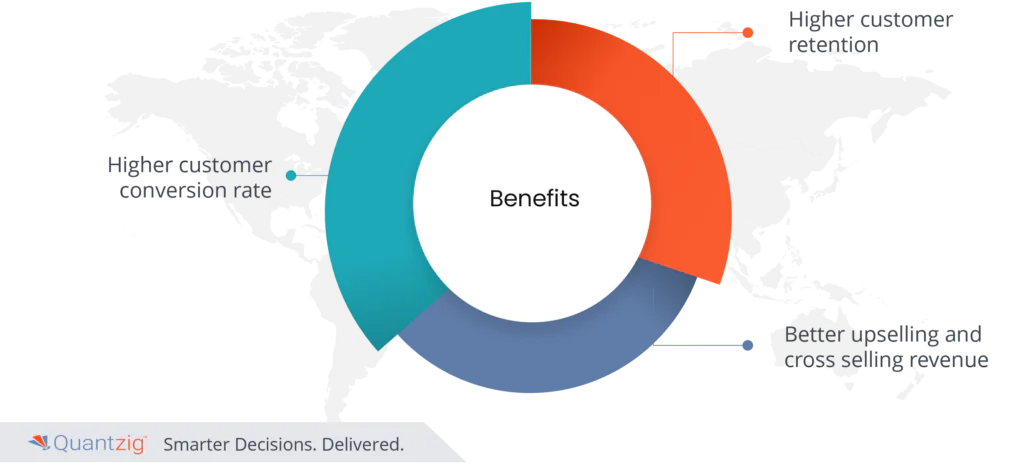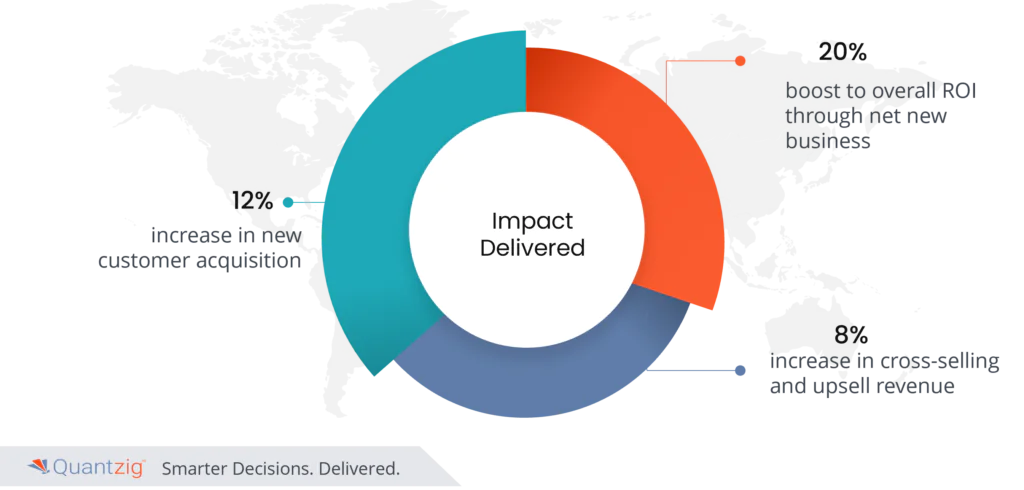Table of Contents
Introduction
Attribution modeling is a basic cycle in the domain of digital marketing and deals that assumes a vital part in understanding the complex journey a lead takes before eventually turning into a client. In the present interconnected and multi-channel digital landscape, potential clients frequently connect with a brand through different touchpoints like sites, websites, email, promotions, and more prior to settling on a buying choice. Attribution modeling tries to unwind this web of interactions and allocate worth to each touchpoint, assisting organizations with figuring out which marketing efforts are best in changing over leads into faithful clients.
Importance of Attribution Modeling for converting leads into customer:
Maximizing Return on Investment (ROI) in marketing is of central significance for associations, considering that marketing frequently is a tremendous expense community. The distribution of significant assets across different channels and missions highlights the need to guarantee that each marketing dollar spent yields a comparable return. Here is a drawn-out investigation of why this is basic:
1. Resource Optimization:
Marketing budgets plans are limited, and each association endeavors to capitalize on its monetary assets. Low ROI implies that a critical piece of the marketing financial plan isn’t being used successfully. By expanding ROI, organizations can improve asset allotment, guaranteeing that cash is coordinated toward methodologies and channels that produce the best outcomes.
2. Profitability and Sustainability:
Accomplishing a high ROI straightforwardly influences an organization’s productivity. While marketing efforts yield major areas of strength for a, it takes care of the marketing costs as well as adds to in general income. Practical benefit is fundamental for an association’s drawn out progress, as it gives the monetary steadiness important to development and advancement.
3. Competitive Edge:
In the present competitive scene, associations are continually competing for purchaser focus. The individuals who can accomplish a higher ROI enjoy a particular competitive benefit. They can outspend and outsmart contenders while keeping up with solid overall revenues, permitting them to put resources into item improvement, client experience, and other basic regions.
The challenges to Marketing Companies
The difficulties emerging from siloed marketing groups and detached efforts across different channels can fundamentally hinder an organization’s capacity to draw in clients and drive changes successfully. Here is a lengthy investigation of these difficulties:
1. Inefficient Communication:
Siloed marketing groups frequently lead to unfortunate correspondence and coordinated effort. At the point when groups work in disconnection, there’s an absence of sharing of insights of knowledge, procedures, and client feedback. This shortfall of open correspondence hampers the aggregate comprehension of client needs and inclinations.
2. Data Fragmentation:
Each marketing group might have its information storehouse, storing data about client communications well defined for their channel. This fragmentation brings about a disconnected perspective on the client. Without a concentrated data set, examining far reaching client behavior, prompting botched open doors for personalization and designated marketing efforts is troublesome.
Key Benefits of Attribution Modeling:

1. Higher customer conversion rate:
While marketing groups are very much associated and work strongly, they can make a consistent and customized client journey. A bound together methodology considers predictable informing and encounters across different channels. Understanding the client’s way of behaving and inclinations exhaustively, because of integrated data, empowers advertisers to convey focused and relevant content. This pertinence and consistency essentially improve the client experience. At the point when clients get customized and steady informing at each touchpoint, they are bound to feel esteemed and comprehended, prompting a higher probability of changing over from prompts paying clients. The smoothed out correspondence and customized encounters overcome any barrier between client interest and activity, helping the general change rates.
2. Higher customer retention:
Integrated marketing efforts empower organizations to give a reliable and outstanding client experience all through the whole client lifecycle. Understanding client inclinations and conduct takes into consideration customized correspondence and backing. At the point when clients feel comprehended and esteemed, they are bound to stay faithful to the brand. Moreover, by having a bound together perspective on client communications, organizations can proactively address issues, offer opportune help, and expect client needs. This proactive and customized approach upgrades consumer loyalty and cultivates a feeling of devotion. Cheerful and fulfilled clients are bound to remain with a brand, prompting higher client standards for dependability.
3. Better upselling and cross selling revenue
Integrated data and a bound together perspective on the client venture give significant bits of knowledge into client conduct, buying history, and preferences. With this complete comprehension, organizations can distinguish lucky minutes for upselling and strategically pitching. For example, understanding what items a client has bought beforehand permits organizations to really suggest reciprocal or updated items. Besides, a strong methodology guarantees that clients are not barraged with excess offers, but rather all things being equal, get designated proposals custom fitted to their necessities and inclinations.
Conclusion
In conclusion, Attribution Modeling fills in as the essential foundation in changing leads into loyal clients. By analyzing the multi-layered client venture, it presents organizations with significant bits of knowledge into the adequacy of different advertising touchpoints. Equipped with this information, organizations can allocate assets sensibly, refine marketing strategies, and convey customized client encounters. This approach doesn’t simply offer logical ability; it essentially shapes business choices, encouraging a culture of information driven flexibility. It is in excess of a device; it is a groundbreaking power, controlling organizations toward increased return for money invested, feasible development, and persevering through consumer loyalty, at last characterizing the pathway to long-term achievement.
Success Story
In the competitive landscape of the United States, a prominent client faced a daunting challenge. Despite substantial investments in multi-channel marketing, new customer acquisitions remained low, and overall marketing ROI was dismal. The leadership team lacked a centralized platform for strategic insights, hindering their ability to optimize marketing approaches and boost revenue.
Quantzig stepped in with a transformative solution, introducing Customer 3.0, a cutting-edge system tracking the customer journey across channels. Leveraging a robust Marketing Decision Management Framework, Quantzig analyzed touchpoints based on frequency, time gaps, and shared marketing content. This data-driven approach illuminated the most impactful interactions in the customer lifecycle.
Challenges faced by the Client:
In the wildly serious scene of the US, a main industry player defied a critical test. With a critical drive not too far off, they looked to improve their technique for progress. Recognizing the constraints of customary preparation, which intensely depended on verifiable information, they perceived the requirement for a more powerful methodology. Embracing the standards of Attribution Modeling, they went to request detecting strategies. By figuring out the mind-boggling snare of client connections and touchpoints, they acquired noteworthy bits of knowledge that rose above ordinary techniques. Attribution Modeling turned into their signal, directing them through the intricacies of the serious landscape. It enabled them to designate assets really, refine their promoting techniques, and convey customized client encounters. This creative methodology improved their odds of coming out on top as well as situated them as trailblazers in utilizing information driven systems to explore the difficulties of their industry.
Solutions Offered by Quantzig
Quantzig implemented customer 3.0 to help track customer journey across channels and deployed marketing decision management framework which helped study the impact of various touchpoints in the customer lifecycle based on frequency, time gap and marketing content shared. We also built a simulator to help clients run real-time scenarios to make quick decision based on historic trends.
Impact Delivered

- 12% increase in new customer acquisition
- 20% boost to overall ROI through net new business
- 8% increase in cross-selling and upsell revenue
“Supercharge Your Conversions Today: Master Attribution Modeling for Lasting Customer Success! Elevate your business to new heights – Convert Leads into Loyal Customers now!”


